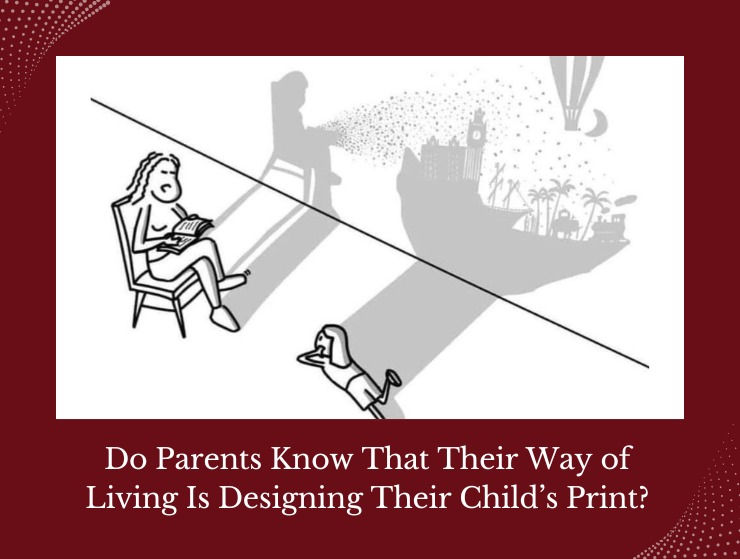Do Parents Know That Their Way of Living Is Designing Their Child’s Print?
- Sonal Ahuja

- Oct 29
- 2 min read

Every child walks into the world with a blank canvas — soft, absorbent, and full of wonder. And every parent, knowingly or not, holds the brush.
The Morning Story That Writes the Brain
Before your child even ties their shoelaces for school, their brain has already written a few lines of its daily story.
A gentle “good morning” versus a rushed “hurry up.”A shared breakfast laugh versus a silent scroll.A warm hug versus a distracted goodbye.
These moments don’t just pass — they wire.Neuroscience calls it experience-dependent wiring — the way everyday experiences carve emotional and behavioral patterns into a child’s developing brain.
So while you’re getting through your to-do list, your child’s nervous system is quietly learning:“This is how love feels.”“This is how safety sounds.”“This is how I belong.”
The Home: A Child’s First Ecosystem
We often believe that learning begins at school.But truthfully, the first curriculum of life unfolds at home — through tone, pace, and presence.
A home that hums with warmth and calm creates a child who feels safe to explore. A home that runs on rush and reactivity builds a child who’s always on alert.
Their little brains don’t judge these patterns; they simply absorb them.Because to a child, love is not spoken — it’s felt.
Presence Over Perfection
Children don’t need perfect parents. They need emotionally available ones.
It’s not the flawless days that build them — it’s the ordinary ones where you stayed, listened, and softened your tone.
When you pause before reacting, you teach regulation.When you apologize, you teach empathy.When you laugh together, you teach connection.
Your way of being becomes their way of becoming.
The Invisible Print We Leave Behind
Every home has a rhythm — a tone that echoes even in silence.That rhythm becomes the soundtrack of a child’s inner world.
Years later, when they face stress, connect with others, or express love — it’s your rhythm they fall back on.
Because long before they learn to write words, they’re already writing patterns — in how they think, feel, and trust.
Pause and Reflect
So today, before the next rush begins, pause.Ask yourself: What tone fills my home most often — calm or chaos? What emotions do I model when things don’t go as planned? What memory do I want my child to carry when they think of “home”?
Because every day, through your way of living, you’re leaving a print — not on paper, but on a growing mind that looks up to you as its first teacher.




Comments